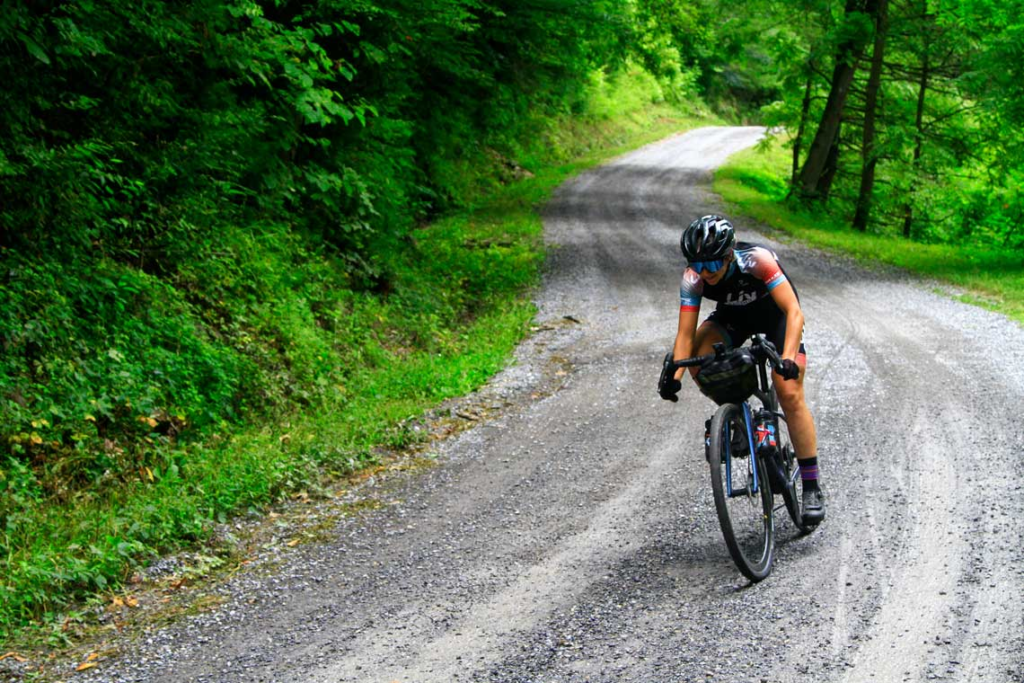The thrill of off-road expeditions, amid the beauty of nature, and an escape from the noisy, polluted city environment are some of the good reasons why an increasing number of cyclists prefer gravel biking. Blended with the unique features of road and mountain bikes, gravel bikes offer an appealing option for exploring off-road mountain trails while fostering physical, mental, and emotional well-being, as per Steven Rindner.
Opting for a suitable gravel bike is not only important for performance, but it also ensures comfort, quality, and affordability.
Outline the Purpose of Riding
Before buying, defining the purpose of gravel riding is key to picking the right set. While many employ it for weekend outdoor adventure on exciting terrains, some prefer it for short and long-distance touring. The purpose makes it easy to opt for the frame type, gearing, handlebar, and tire size. Those who seek a bike for racing may require lighter but robust materials with high-tech components, while commoners may opt for comfort rather than speed.
Set a Suitable Budget
Deciding on a budget is the primary step for shopping for the desired item. Gravel bikes come with an extensive price tag, from budget-friendly entry-level ones to high-rated carbon frames. Budgeting should be done for the bike aside from essential gears such as helmets, shoes, and other accessories. Knowing the spending limit is important to focus on bikes that align with their purpose and needs.
Choose Appropriate Frame Material
The material influences price and performance. Aluminum frames tend to be lighter and reasonably priced. However, carbon fiber is another great option because it absorbs vibrations adequately and offers incredible lightness, but it is very costly. Steel frames are weighty, but consider the smooth ride they give and their tremendous durability. Therefore, it is for the riders to make their choice between material and riding style or dollars.
Know the Drivetrain and Gearing
According to Steven Rindner, the drivetrain determines how well and swiftly a bike can manage varied terrains. 1x, or single-chainring setups, are the simplest and lightest and therefore most congenial to off-road trail rides. 2x setups provide more range in gearing and are thus more suitable for varying terrain and long climbs.
Check Tire Clearance and Width
Gravel bikes may permit wider tires for better grip and comfort over rough terrain. Tire widths from 35mm to 45mm are common for most gravel rides. Also, riders should check the frame clearance to find out the optimal tire size it supports. This comes in handy when moving between narrow road tires and wider gravel tires.
Emphasize Comfort and Fit
Whether or not it is expensive, comfort must be the focus. A properly-fitting bike helps avoid strain and injury during extended riding. One’s choice of handlebar shape, saddle type, and frame geometry must be taken into consideration. Spending time at a bike shop getting professionally fitted can make an extreme difference, even if one has a tight budget.
Look for Upgrade Potential
Some of the entry-level gravel bikes also provide space for upgrades in the future. Those who cannot purchase the best models can begin with a standard frame and upgrade components such as wheels, drivetrain, or brakes over time. This staggers the cost and enhances performance.
To conclude, opt for a shop that allows a test ride before buying the bike. A test drive is essential to experience the integrity of handling, comfort level, and weight of the bike. Even under budget constraints, a test ride guarantees the bike lives up to the rider’s expectations.

